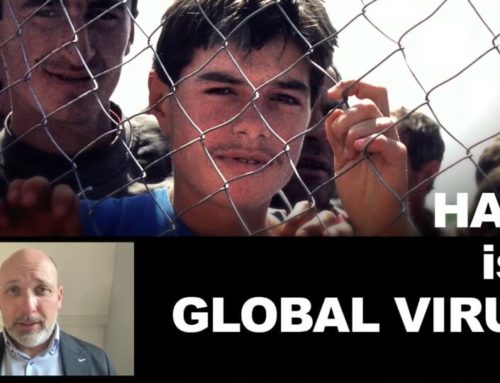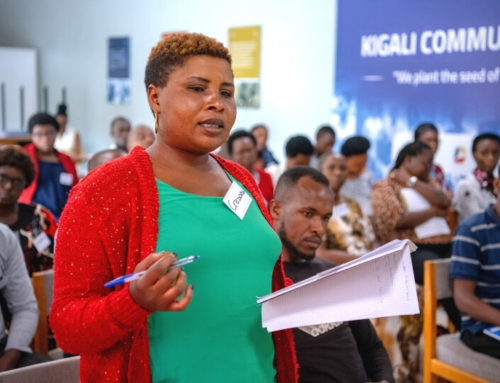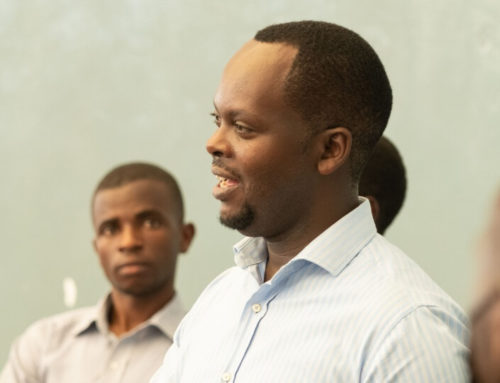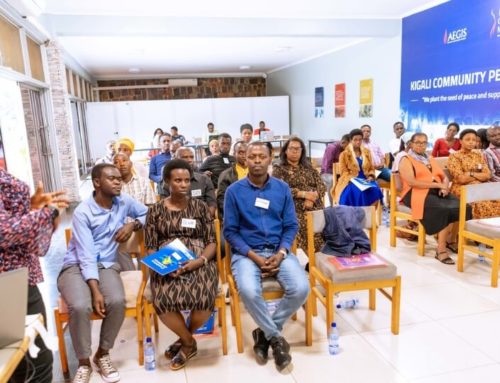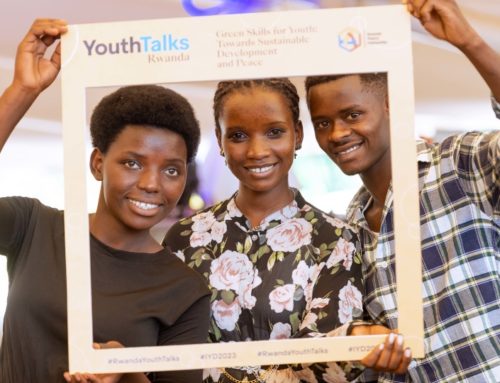19 April 2013 – Aegis’ American partner the USC Shoah Foundation – The Institute for Visual History and Education – has added a collection of testimonies of survivors and rescuers from the 1994 Rwandan Tutsi genocide to its Visual History Archive. Holding over 52,000 filmed Holocaust survivor testimonies, this marks its first integration of testimonies outside the Holocaust. The 65 audiovisual interviews in this new collection mark the beginning of the Rwanda Archive and Education Programme, the Institute’s landmark initiative in partnership with the Aegis Trust at the Kigali Genocide Memorial (KGM). The programme aspires to record and preserve approximately 500 Rwandan testimonies as an educational resource for the entire world, for all time.
“Every genocide leaves a legacy,” said Freddy Mutanguha, Country Director of Aegis in Rwanda, who lost his parents and four sisters during the genocide. “This legacy includes the memories of survivors. I gave my testimony to the Institute because I think it’s important to preserve an historical record of what happened in Rwanda. Through the educational use of testimony, made possible by access to the Visual History Archive, the memories of Rwandan survivors and Holocaust survivors are becoming a conduit for peace in my country, as well as in countries across the world.”
The Rwanda Archive and Education Programme is part of an ongoing effort by the Institute to broaden the content in its Visual History Archive. “The Rwandan testimonies will support scholarship and research into the causes and consequences of genocides and the role of audiovisual testimony in research and education, as well as the development of education programs and learning tools for students in Rwanda and worldwide,” said USC Shoah Foundation Executive Director Stephen D. Smith, noting that Steven Spielberg established the Institute in 1994 – the same year as the outbreak of genocide in Rwanda.
The Institute recorded 15 Rwandan testimonies in the United States, and Aegis, which began working with the Institute in 2008, is providing its first 50 testimonies taken in Rwanda. In addition to becoming available in the Visual History Archive that is available at 43 institutions and universities around the world, testimonies will be included in a national peace-building education programme that will eventually be available in the five provinces of Rwanda.
Some of the testimonies will also be added to the Institute’s public web portal, called the Visual History Archive Online (vhaonline.usc.edu). By summer 2013, the testimonies will also be integrated into IWitness, the Institute’s award-winning website for secondary students and teachers (iwitness.usc.edu).

